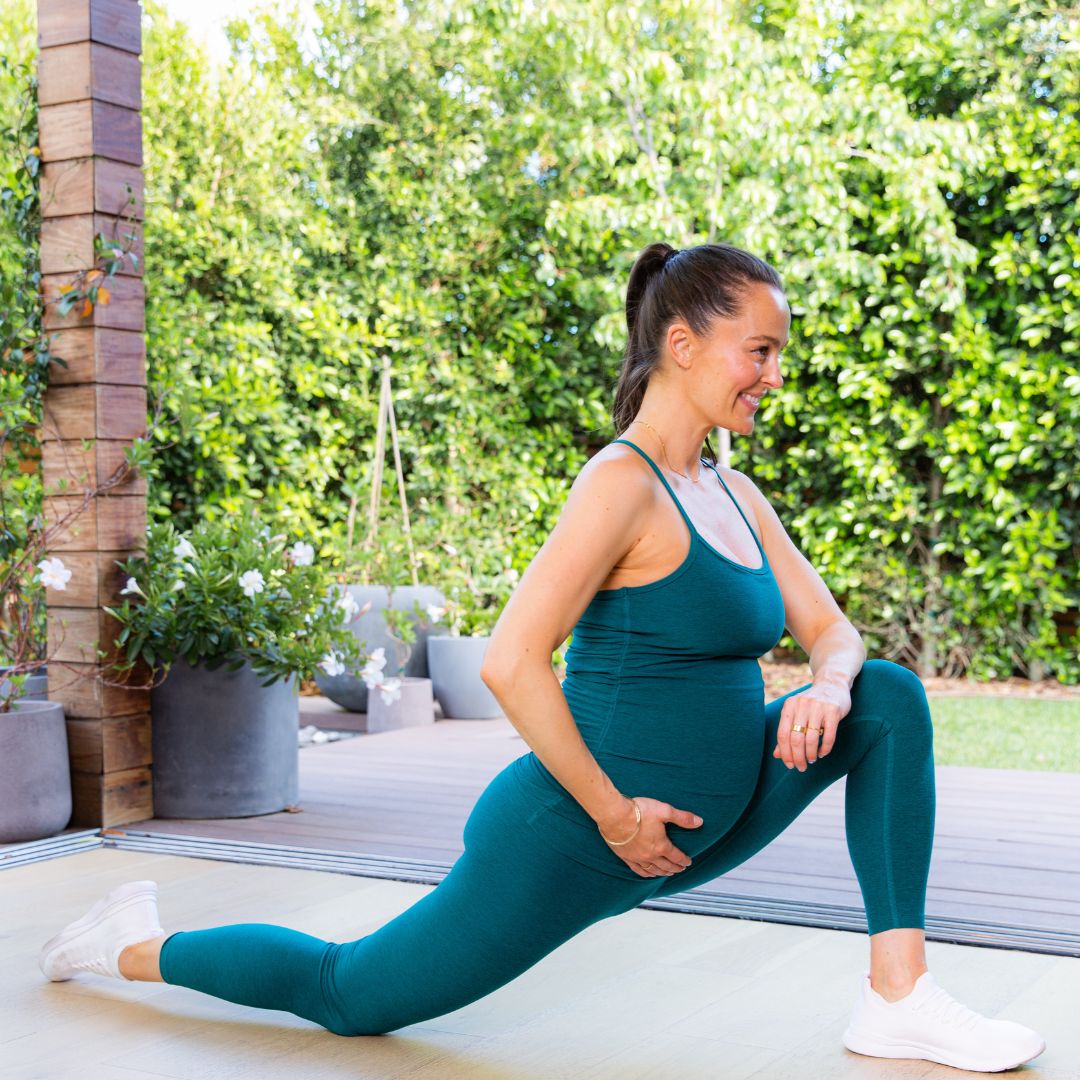
How To Strengthen Pelvic Floor During Pregnancy
Megan holds a BFA in Dance from NYU Tisch School of the Arts and is a certified fitness instructor. She danced professionally with the NBA’s Brooklynettes. Megan has been recognized by top publications like Vogue, Goop, Shape and WWD, and has worked with world-renowned brands such as Chanel and New Balance. Learn more about Megan
Why Pelvic Floor Strength is Crucial During Pregnancy
How to Strengthen Pelvic Floor During Pregnancy


How Often Should You Perform These Exercises?


Common Mistakes to Avoid
Benefits of a Strong Pelvic Floor During Pregnancy


Additional Tips for Maintaining Pelvic Floor Health
NEW WORKOUTS EVERY WEEK
Try The Sculpt Society Free For 7-Days
Get access to 1,000+ workout videos, anytime, anywhere on all your favorite devices.

Continue Reading










